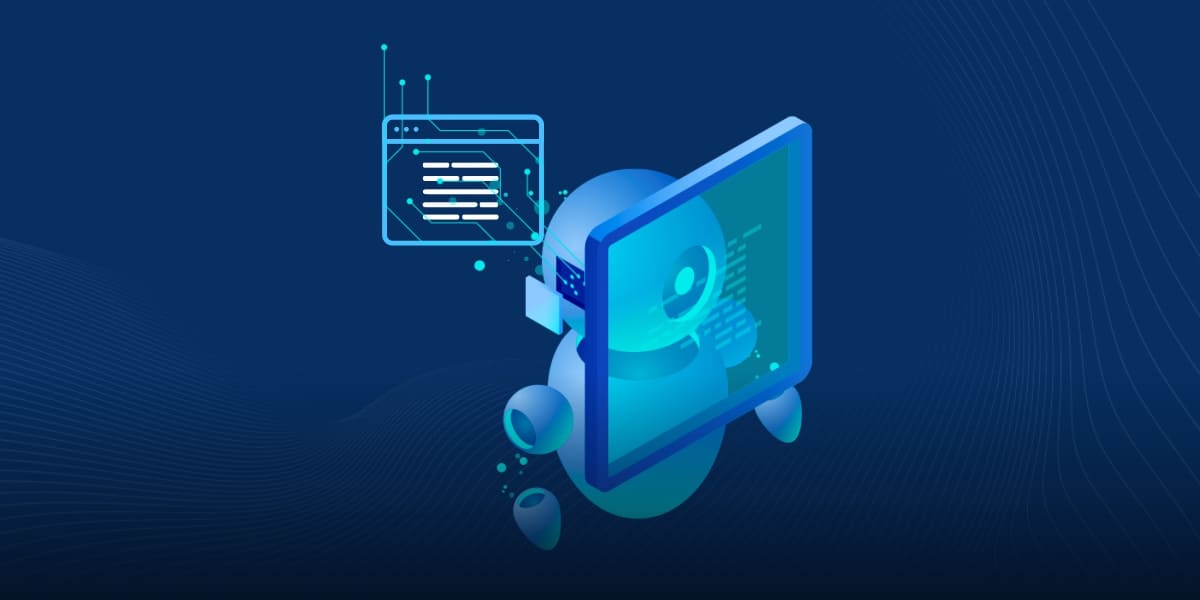As a business, whichever industry you are in, there is a fair chance that you depend upon online assets such as mobile applications or API’s for conducting operations. Assuming that one wants to ensure their availability, correct functioning and quick response at all times, it is important to use synthetic monitoring for better customer experience.
What is Synthetic Monitoring?
Synthetic or directed monitoring is a method that monitors applications by simulating users and directing the path that is taken through the application. The directed monitoring gives information about the performance and uptime of business transactions and common application paths. Businesses often take help of Application Performance Monitoring tools to conduct synthetic monitoring.
How Does Synthetic Monitoring Work?
Synthetic monitoring works by issuing simulated, automated transactions from a robot client to an application to mimic the actions of a real user. It is applicable inside the firewall – in the datacenter to ensure proper running of all machines, or outside the firewall to fetch information about performance and availability from global perspective.
These testing scripts and server calls are used as monitoring tools at regular, set intervals – for instance, every 10 minutes. These can be issued from a synthetic monitoring client browser or a number of browsers at different locations to better measure site responsiveness and availability.
This provides a basis for monitoring application and server performance at all times, even at times of low user engagement. Furthermore, because it consists of test scripts – to simulate an end user’s clicks through submitting forms, browsing, conducting transactions or online gaming – it can be conducted in private testing environment before deploying a new feature.
Little resources are required to simulate browsing, but it doesn’t provide an exact idea of user-experience. A simulated browser is unable to follow rich, dynamic websites and does not provide accurate data. But it does help immensely in providing a baseline and monitoring applications regardless of website traffic or any time of the day.
 Synthetic Monitoring vs. Passive Monitoring
Synthetic Monitoring vs. Passive Monitoring
Synthetic monitoring uses software tools for simulating user interaction with a given system. It is also known as active monitoring. Contrary to this, passive monitoring takes data from real user transactions. Most of the Application Performance Monitoring tools include both active (synthetic) and passive monitoring modules.
Types of Synthetic Monitoring
Though there is a large list of synthetic monitors, most of them generally fall into three basic categories. i.e. performance, availability, and transaction monitoring. Advanced synthetic monitors cover two or more of these categories. Let’s have a brief look at the three types of synthetic monitoring.
Availability Monitoring
Availability monitoring is also called uptime monitoring. It is basic type of synthetic monitoring which ensures that the service or site is accessible and all functions are running properly. In the simplest form, availability monitor sends a Ping or Get to verify the response of successful code.
Some synthetic availability monitors provide advanced functionality besides basic monitoring. These may also additionally check for other metrics such as response time, specific content, performing an API call, attempting to authenticate a user, or verifying a Domain Name Server (DNS) or Secure Socket Layer (SSL) certificate entry.
 Performance Monitoring
Performance Monitoring
Performance monitoring is one level up from availability monitoring. It also checks the performance indicators such as page load speed, response times at front end and back end, and showing performance on element-by-element basis. It also uses native browser to load returned content for Full page checks and real browser monitoring.
Errors that do not initially appear in first response can be captured by loading returned content into actual browser window. Performance monitoring captures issues such as slow response and errors by third-party content, and databases and CDNs with slow responses. Performance monitoring includes web monitoring, mobile monitoring and multi-browser monitoring.
Transaction Monitoring
In transaction monitoring, the checkpoint computer runs a script to log in to a service, purchase products, complete a form and respond to system alerts. Transaction monitoring tests “happy paths” for visitors to complete their task by tracking, analyzing, and simulating every click of the customer to evaluate steps within a transaction.
 Benefits of Synthetic Monitoring
Benefits of Synthetic Monitoring
Synthetic monitoring benefits are many, but here are a few to mention.
1. Proactive Monitoring
It helps determine the flow of packets between on-premise or cloud applications and potential users. Instead of the users reporting network problems to the service provider, synthetic monitoring allows network teams to proactively identify issues and fix any bugs before the user can notice and report them.
2. User Satisfaction at a Global Level
Modern apps are widespread across cloud datacenters such as AWS, Azure, and others coupled with the increasing growth of SaaS applications such as Workday, Office 365, and Zoom. With so many applications in hand, how do we ensure that users are getting the performance they need?
With synthetic monitoring tools spread across the globe, it is easy to know the user satisfaction level at any point of time. In other words, the monitoring tests can be run continuously at regular intervals and help you know the state of user’s experience at all times.
 3. Business Agility
3. Business Agility
You can deploy application infrastructure for meeting unplanned demands, seasonality, rolling out applications as competitive responses, or responding to an event. Synthetic testing enables you to roll out applications according to the pace of your business and be flexible with infrastructure that needs to be turned on at any time.
4. Monitoring of Complex Applications
Synthetic monitoring enables businesses to emulate their user transactions and processes between different applications. It helps in testing business-to-business web services that use REST, SOAP, or other web technologies to baseline and validate interactions. It simulates complex functions like searching a database, adding items to card, logging in, etc. and measures interactions of applications.
 5. Measuring Service Level Agreements
5. Measuring Service Level Agreements
By baselining and benchmarking data, you can analyze trends and check for variations in peak and off-peak hours to plan further for capacity. Its important to manage SLAs and many companies rely on third parties to host their applications. With synthetic testing, you can monitor a third-party application’s performance with your desired frequency and location.
VirtualMetric
VirtualMetric provides a comprehensive solution to map, monitor, and troubleshoot your infrastructure components. It uses multiple approaches including synthetic monitoring to help you with proactive performance monitoring. You can learn how VirtualMetric can help you deliver the benefits by signing up for our free trial here.


Leave a Reply